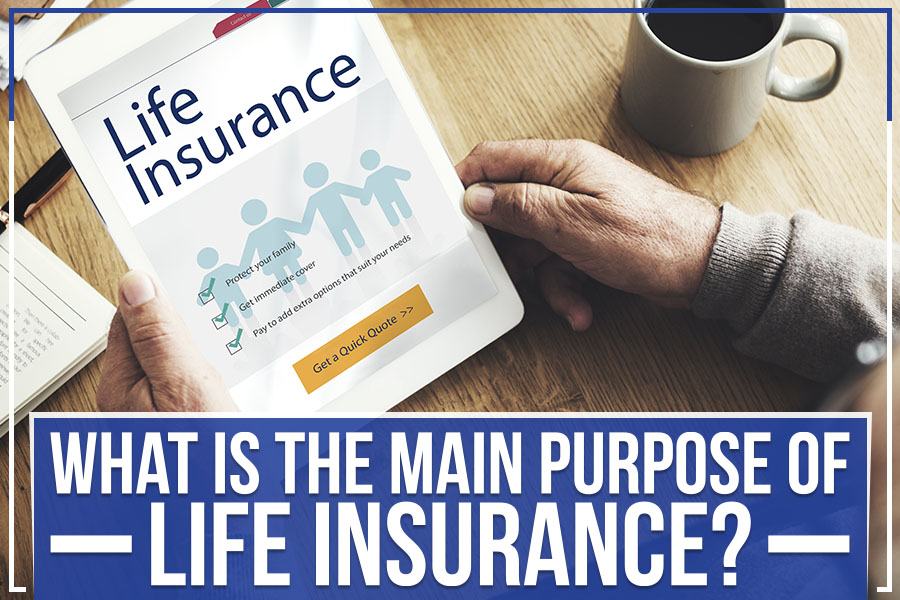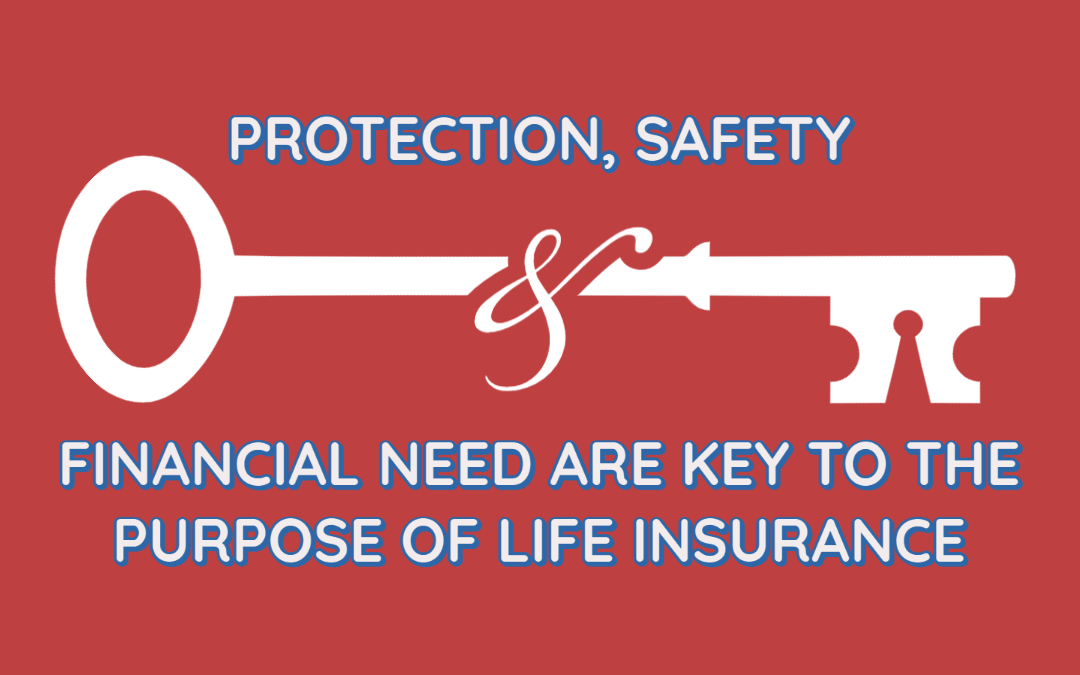The Facts About Pacific Prime Uncovered
The Basic Principles Of Pacific Prime
Table of ContentsPacific Prime Fundamentals ExplainedThe Only Guide for Pacific PrimeThe Main Principles Of Pacific Prime The smart Trick of Pacific Prime That Nobody is Talking AboutSome Ideas on Pacific Prime You Need To Know

This is since the information were collected for a period of solid financial performance. Of the estimated 42 million individuals that were uninsured, all however concerning 420,000 (about 1 percent) were under 65 years of age, the age at which most Americans end up being qualified for Medicare; 32 million were grownups between ages 18 and 65, about 19 percent of all adults in this age; and 10 million were youngsters under 18 years of age, concerning 13.9 percent of all kids (Mills, 2000).
These estimates of the variety of persons without insurance are created from the yearly March Supplement to the Current Population Survey (CPS), carried out by the Demographics Bureau. Unless or else kept in mind, national estimates of people without medical insurance and proportions of the population with different kinds of protection are based on the CPS, the most widely utilized source of quotes of insurance coverage and uninsurance rates.
Top Guidelines Of Pacific Prime

Still, the CPS is especially useful due to the fact that it generates annual estimates relatively rapidly, reporting the previous year's insurance protection approximates each September, and because it is the basis for a consistent collection of quotes for even more than 20 years, permitting evaluation of patterns in protection over time. For these factors, along with the substantial use of the CPS in other researches of insurance policy coverage that exist in this record, we count on CPS price quotes, with constraints kept in mind.

The price quote of the variety of without insurance people broadens when a population's insurance condition is tracked for several years. Over a three-year duration starting early in 1993, 72 million people, 29 percent of the united state populace, were without coverage for at the very least one month. Within a single year (1994 ), 53 million individuals experienced a minimum of a month without coverage (Bennefield, 1998a)
6 out of every ten without insurance adults are themselves used. Although functioning does improve the probability that one and one's relative will have insurance policy, it is not an assurance. Also participants of households with 2 full-time breadwinner have practically a one-in-ten opportunity of being uninsured (9.1 percent without insurance price) (Hoffman and Pohl, 2000).
The Facts About Pacific Prime Revealed
New immigrants account for a significant percentage of individuals without medical insurance. One evaluation has actually attributed a significant part of the current development in the dimension of the united state uninsured population to immigrants who arrived in the country between 1994 and 1998 (Camarota and Edwards, 2000). Recent immigrants (those who pertained to the USA within the previous 4 years) do have a high price of being without insurance (46 percent), yet they and their kids make up just 6 percent of those page without insurance policy nationally (Holahan et al., 2001).
The relationship between medical insurance and access to care is well developed, as recorded later in this phase. Although the relationship in between medical insurance and health outcomes is neither straight neither simple, a considerable clinical and wellness solutions research literary works web links medical insurance coverage to improved accessibility to care, far better top quality, and enhanced personal and population wellness standing.
Levels of evaluation for taking a look at the effects of uninsurance. This conversation of health and wellness insurance protection concentrates mainly on the united state population under age 65 due to the fact that essentially all Americans 65 and older have Medicare or other public protection. It concentrates particularly on those without any kind of wellness insurance policy for any size of time.
Our Pacific Prime Statements
The troubles encountered by the underinsured remain in some areas comparable to those encountered by the without insurance, although they are usually much less extreme. expat insurance. Uninsurance and underinsurance, however, involve distinctly various plan problems, and the methods for addressing them may differ. Throughout this research and the 5 records to comply with, the main focus gets on individuals without any medical insurance and thus no aid in paying for health treatment past what is offered with charity and safeguard establishments
Health and wellness insurance is an effective variable impacting receipt of treatment because both patients and medical professionals react to the out-of-pocket rate of solutions - https://peatix.com/user/21635503/view. Medical insurance, nonetheless, is neither needed nor adequate to acquire access to clinical solutions. The independent and straight impact of health and wellness insurance protection on accessibility to health and wellness services is well established.
Others will obtain the health and wellness care they require also without medical insurance, by paying for it out of pocket or seeking it from companies who use care complimentary or at highly subsidized prices. For still others, medical insurance alone does not make certain receipt of treatment because of other nonfinancial obstacles, such as a lack of wellness care providers in their area, restricted accessibility to transportation, illiteracy, or linguistic and social distinctions.
Pacific Prime - Truths
Official research about uninsured populations in the United States dates to the late 1920s and early 1930s when the Committee on the Expense of Treatment generated a collection of records concerning financing medical professional workplace brows through and hospitalizations. This issue became salient as the numbers of clinically indigent climbed up throughout the Great Clinical depression.